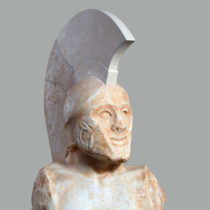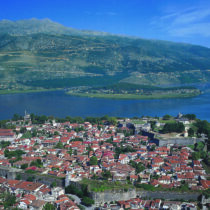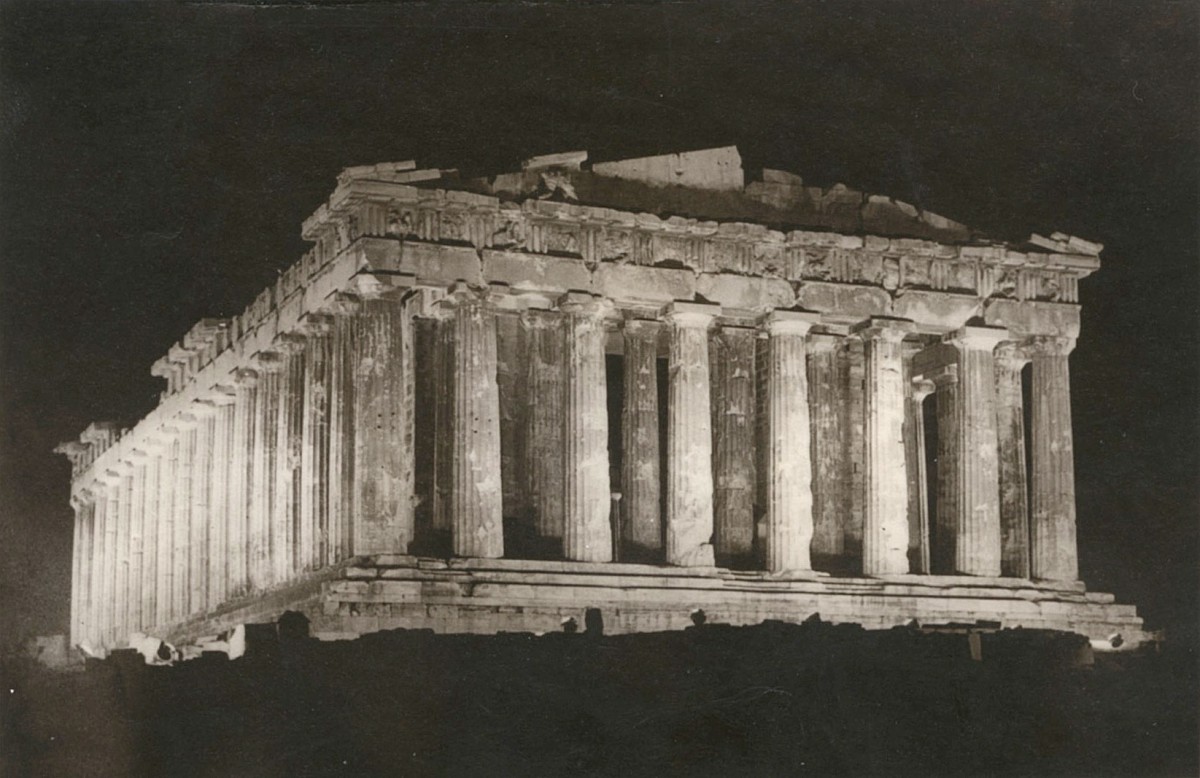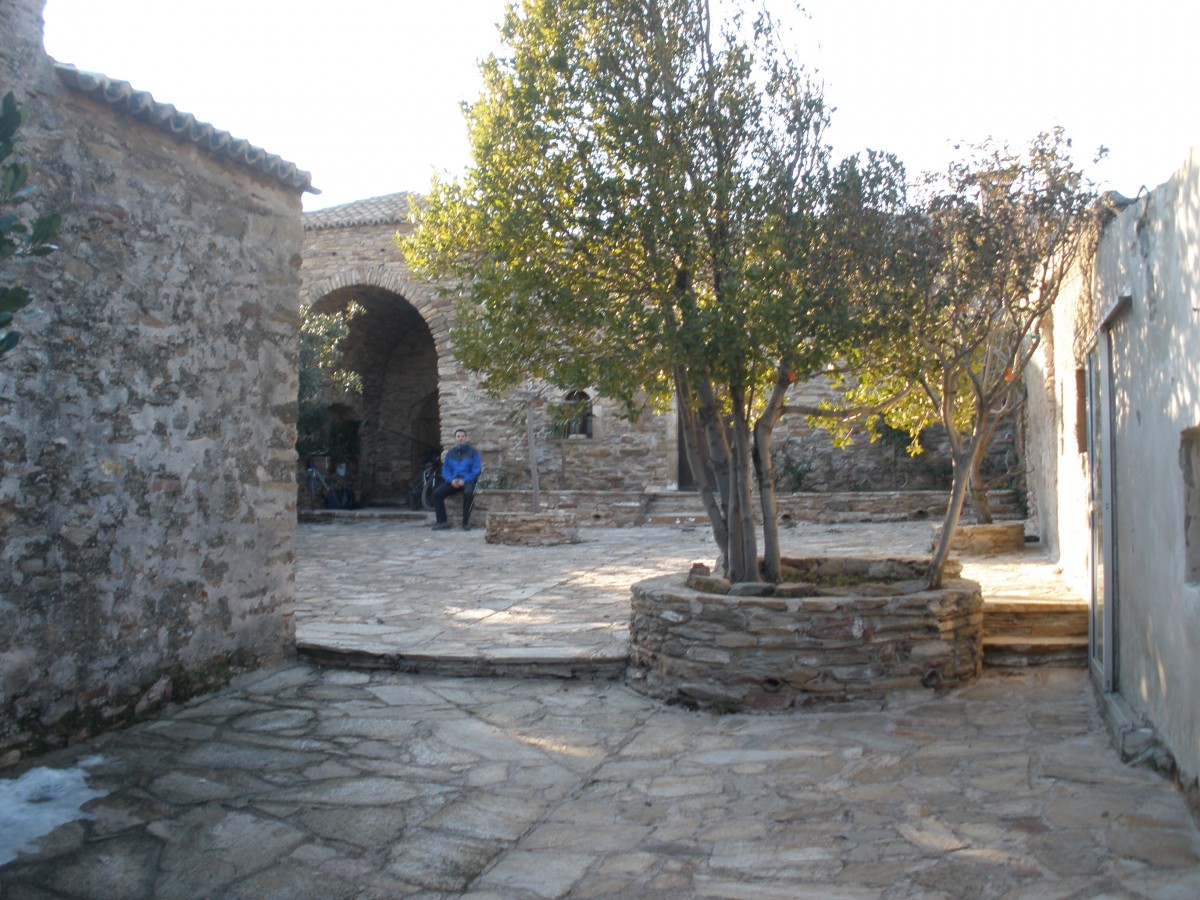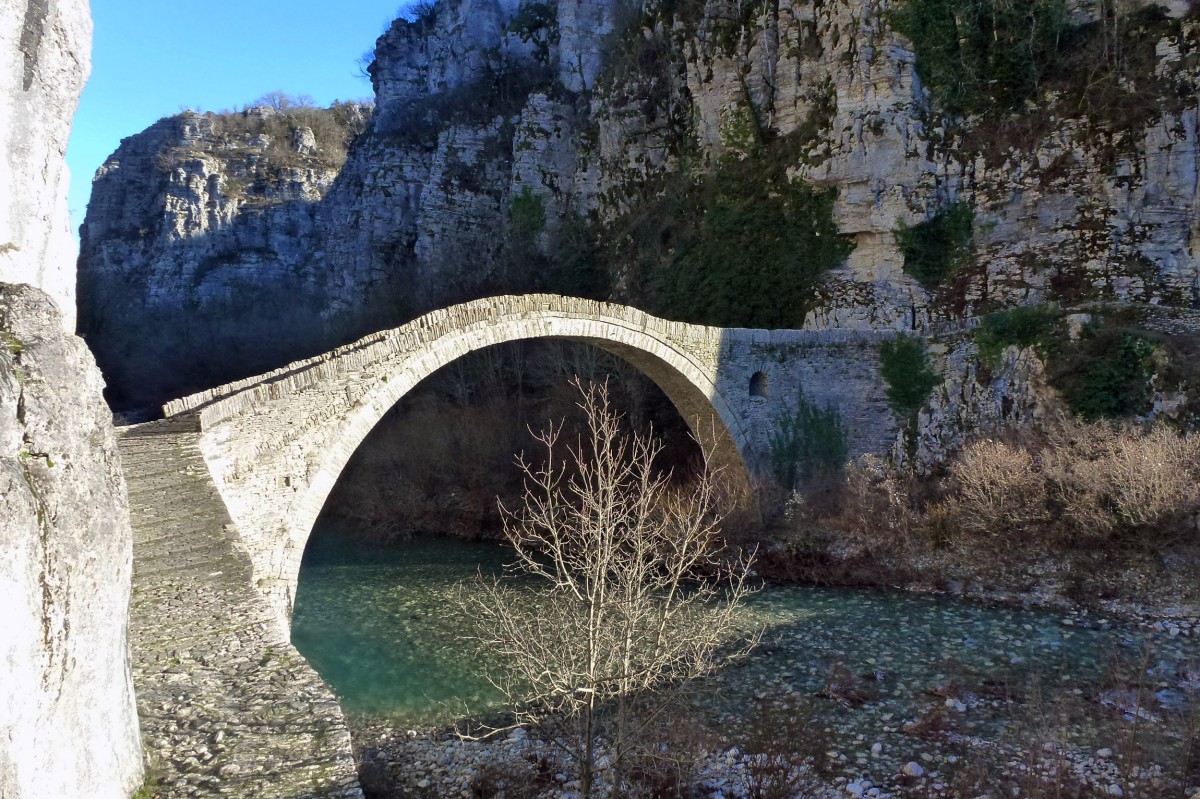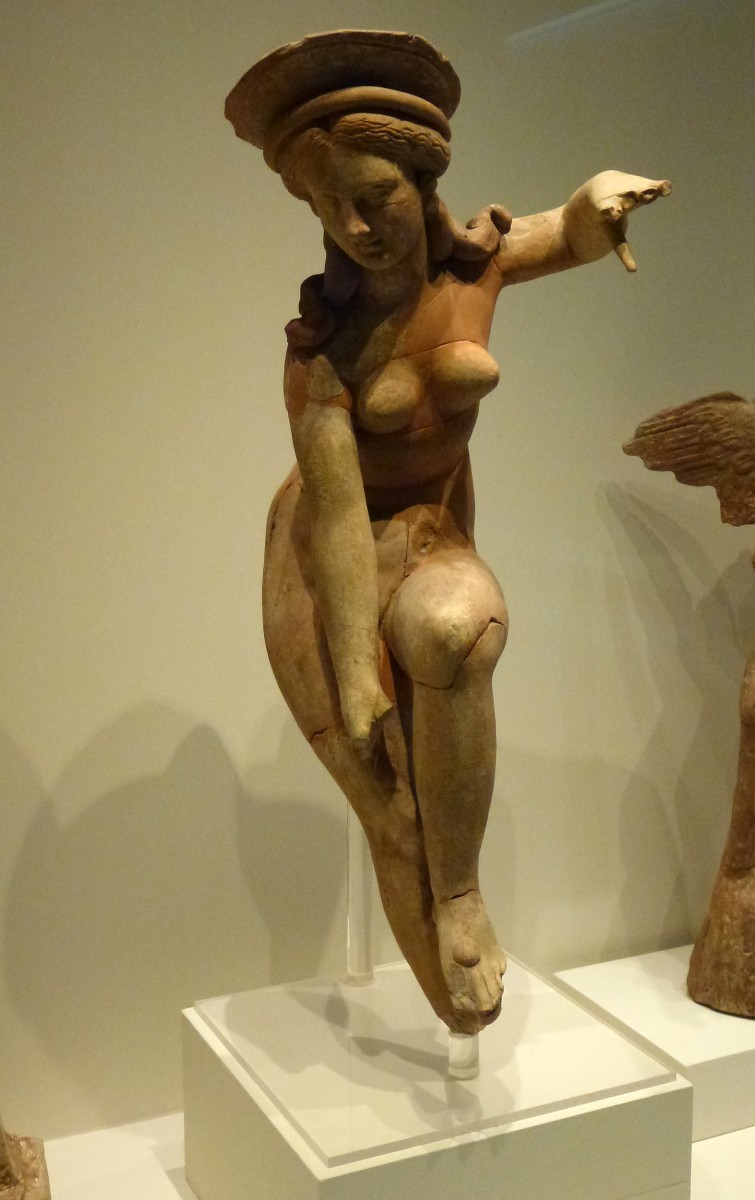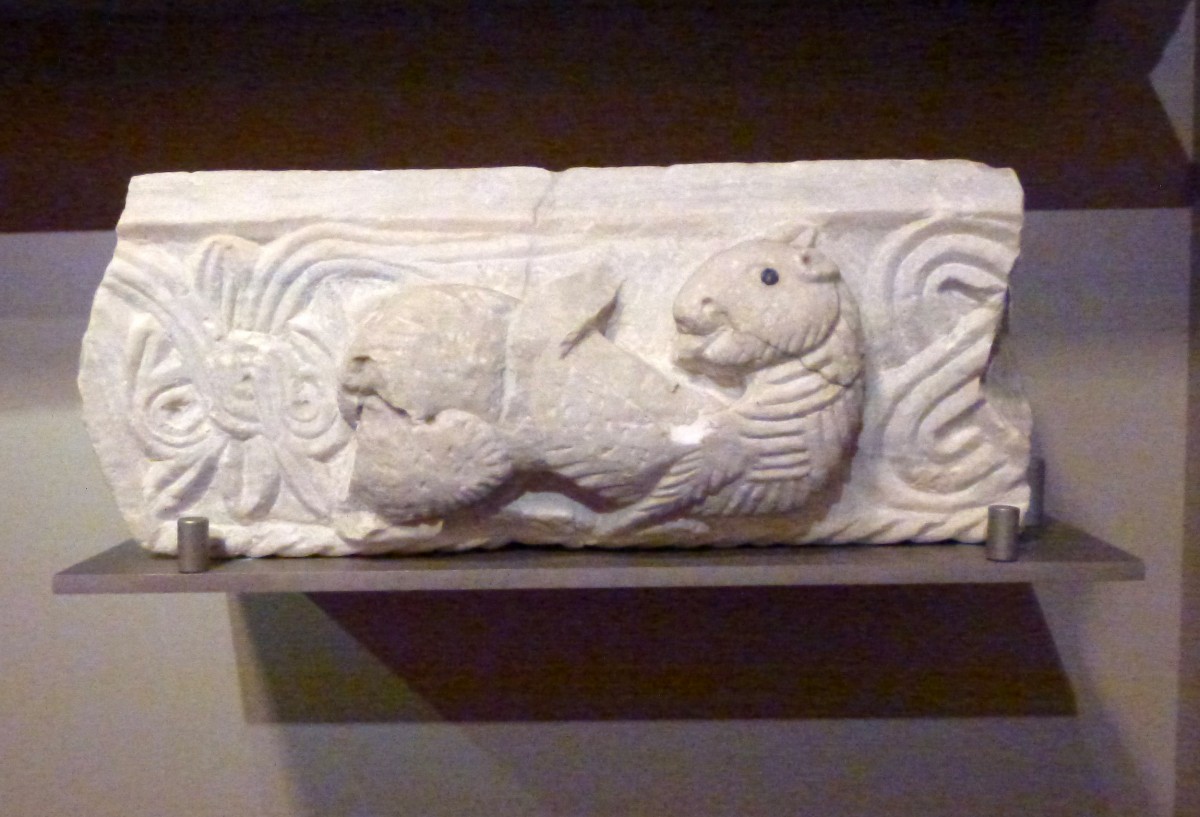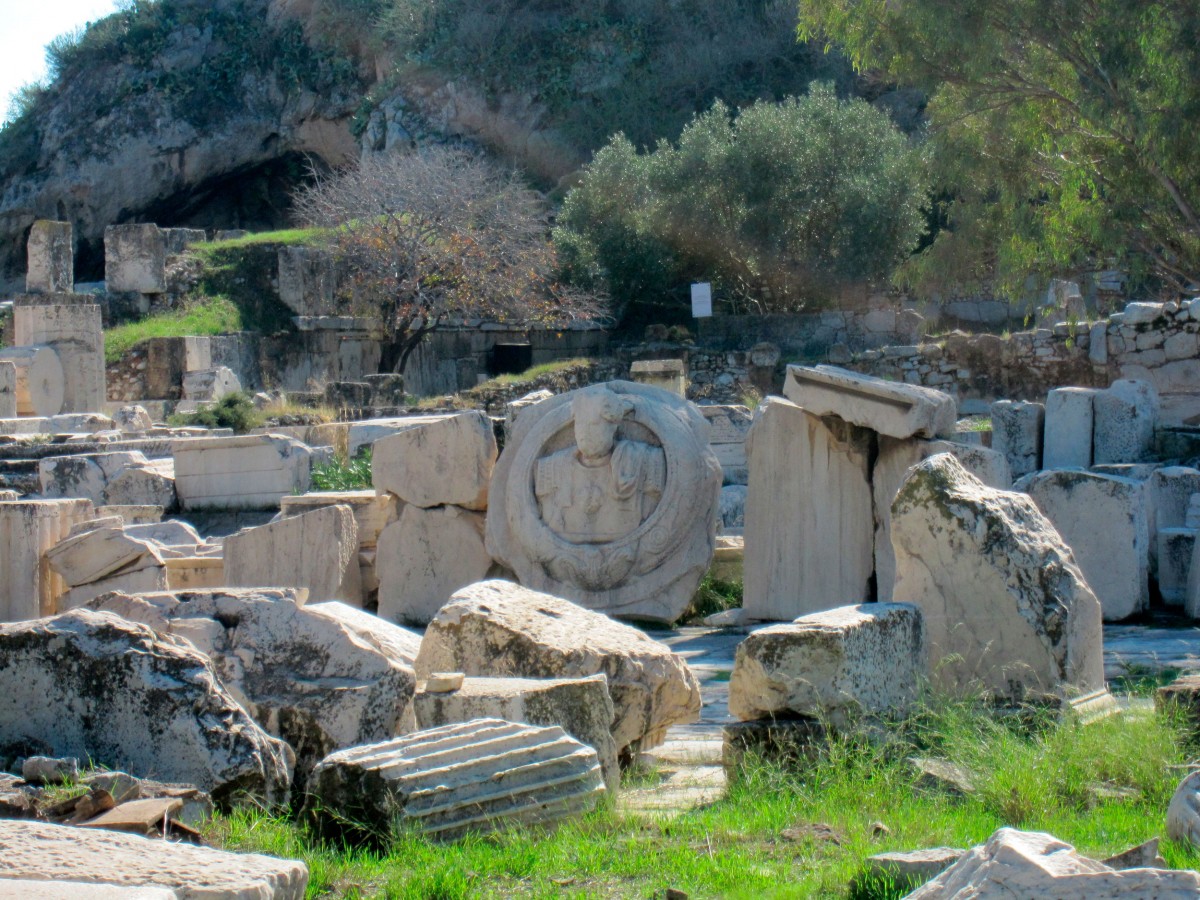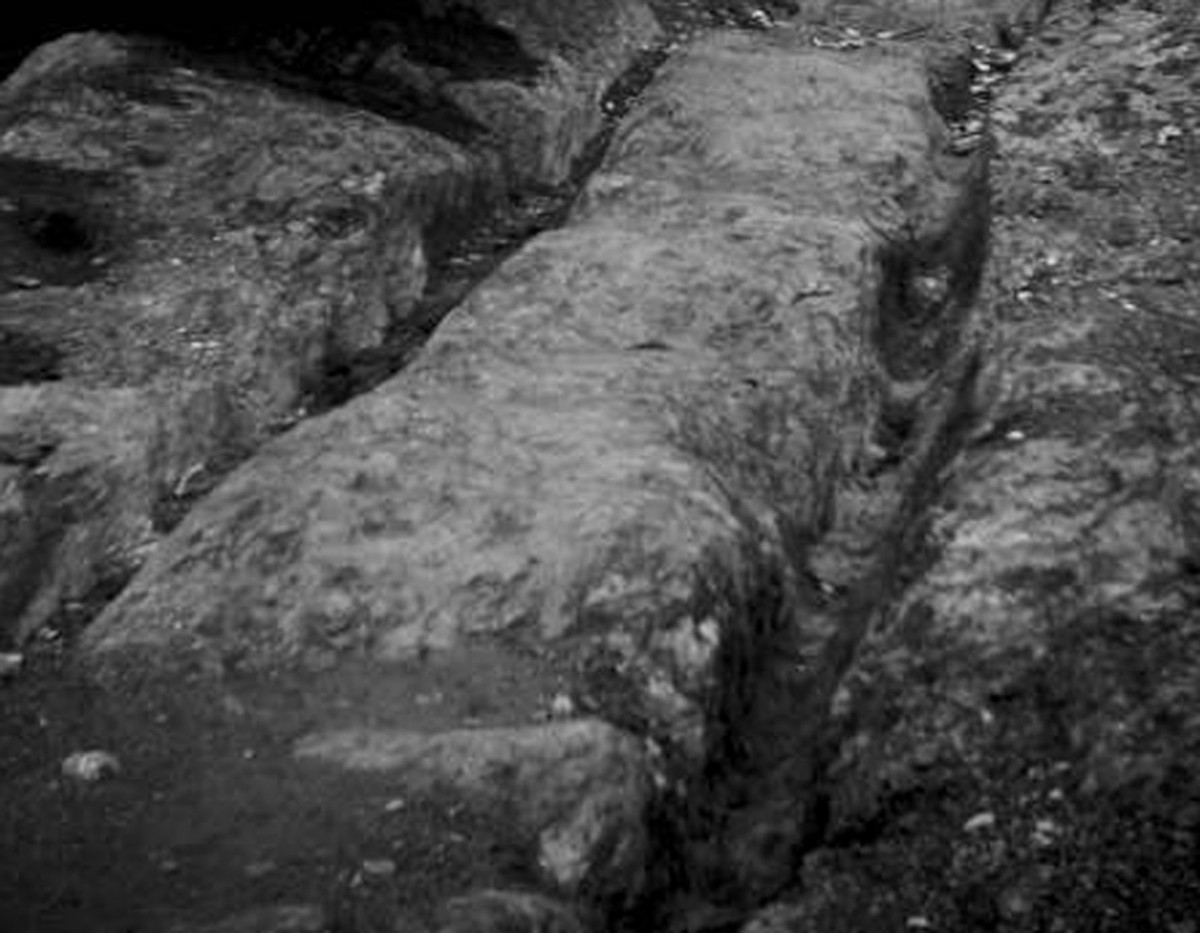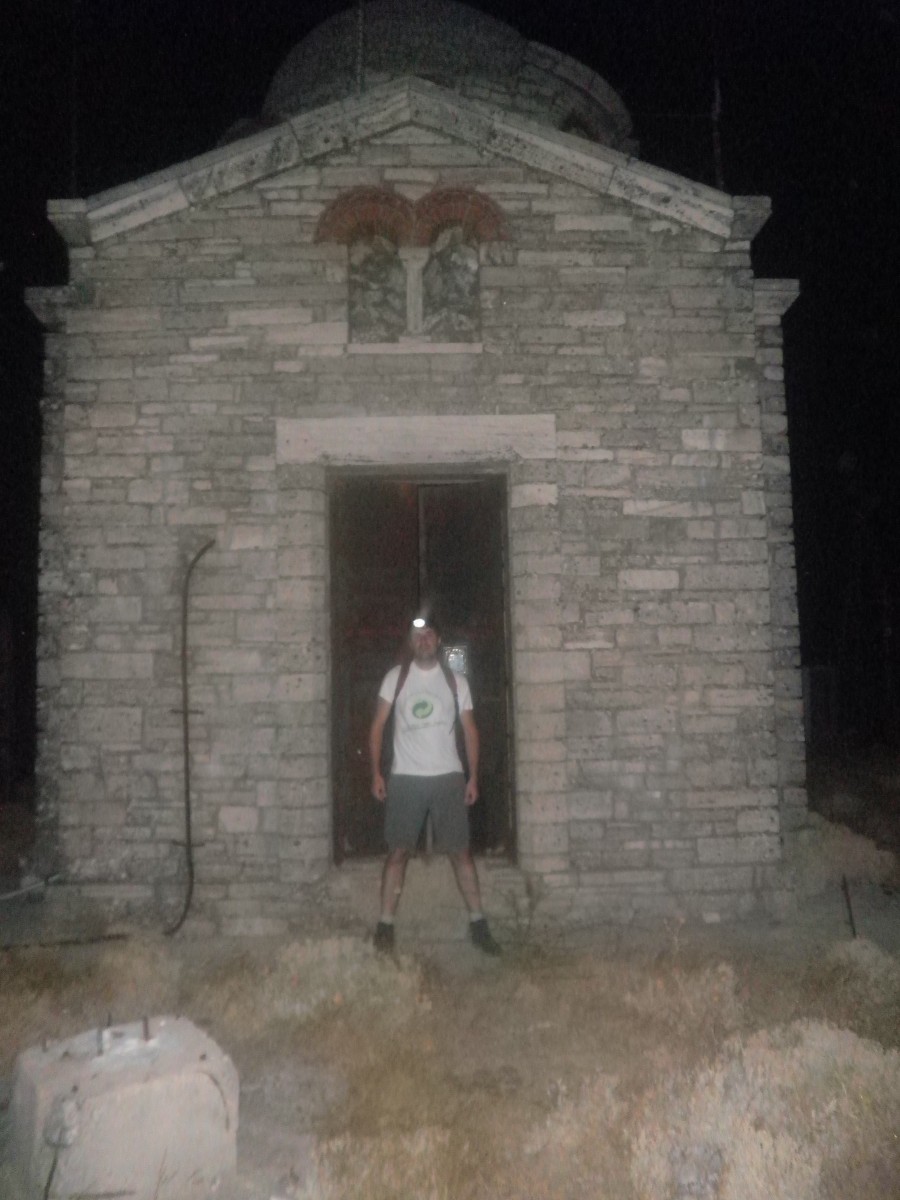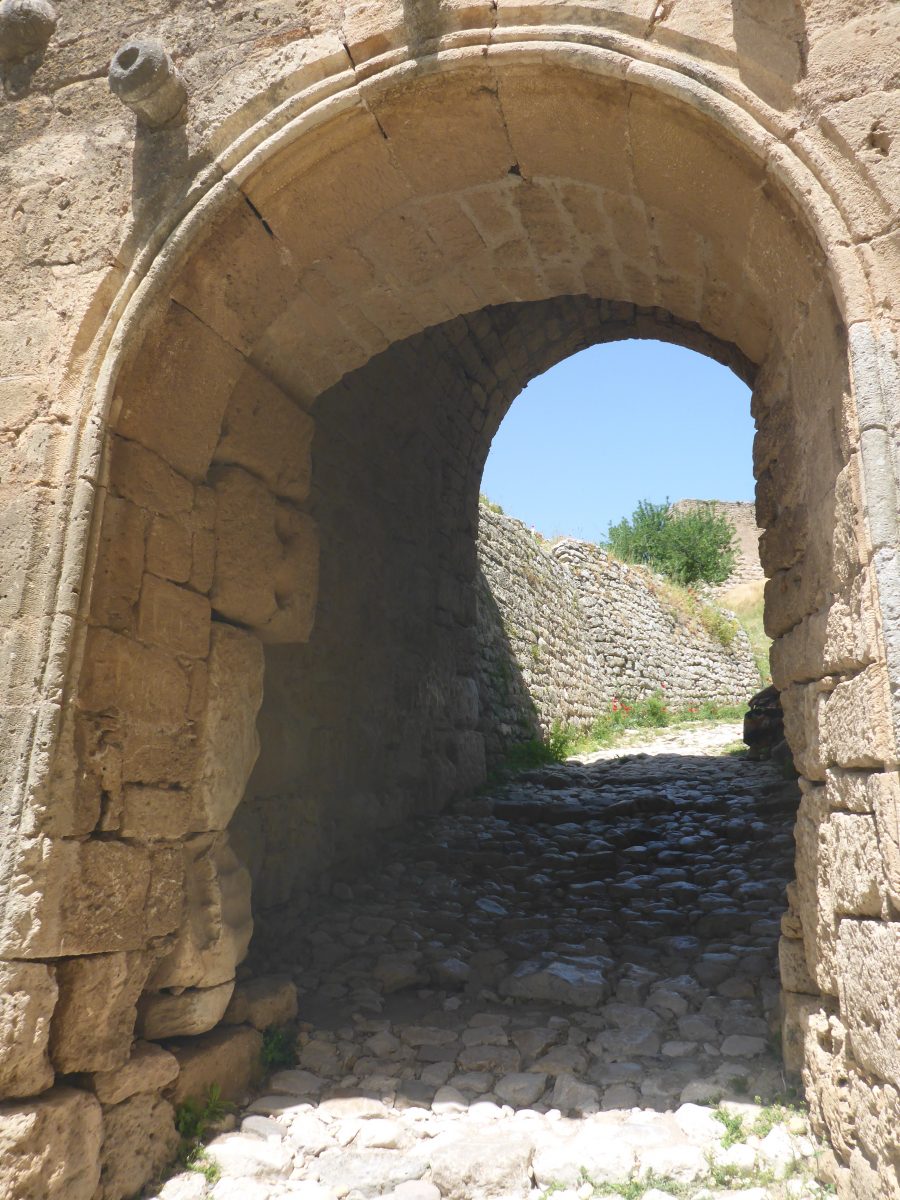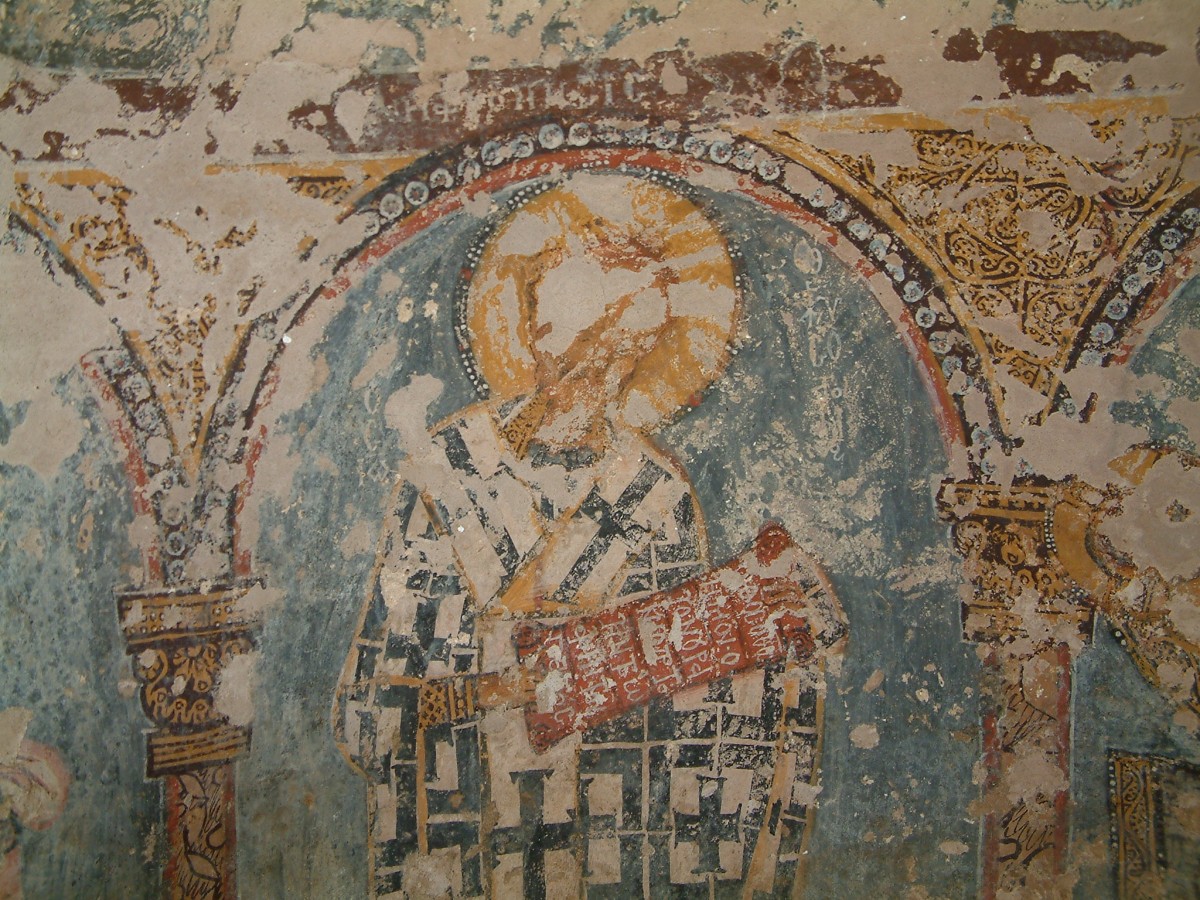Tout savoir sur millionz casino avis : guide pratique
L’industrie du jeu en ligne traverse une période de transformation accélérée, avec l’émergence régulière de nouvelles plateformes cherchant à se démarquer. Dans ce contexte mouvant, millionz casino avis s’efforce de proposer une expérience moderne répondant aux standards contemporains. Cette analyse
Meilleurs casinos en ligne Cashlib en France : 150 BONUS
Meilleurs casinos en ligne Cashlib en France : 150 BONUS Vous cherchez un moyen simple, rapide et sûr pour jouer sur un casino Cashlib ? Grâce à son système de codes uniques, Cashlib combine praticité, anonymat et sécurité, tout en
VegasHero Online Casino: Comprehensive Player’s Guide
Security and fairness form the foundation of reputable online casinos at this page. Industry-leading platforms employ advanced encryption technologies, undergo regular audits, and maintain licenses from respected regulatory authorities to protect players. Game Selection and Variety Video poker combines elements
Spinbara Casino Review: Is It Worth Your Time?
Introduction to Spinbara Casino In the competitive landscape of online casinos, spinbara no deposit bonus emerges as a platform that deserves attention from players seeking quality entertainment. This review examines all aspects of this gaming destination to help you make
Objective Deep-Dive of Ripper Casino – Gaming Credibility
Following comprehensive evaluation, the platform yellowroad.app providing extensive assessment of licensing credentials regulatory compliance and operational transparency Platform Introduction Personalized dashboards offer a comprehensive overview of account activity including transaction history gaming statistics and loyalty objectives enabling transparent and efficient
Revolution Casino Ολοκληρωμένη Αξιολόγηση
Αξιόλογη για ποιότητα η πλατφόρμα the platform παίξτε στο revolution casino προσφέροντας εκτενείς πληροφορίες για δυνατότητες παιχνιδιών κίνητρα και χαρακτηριστικά για χρήστες στην Ελλάδα Platform Description προσφέρει πλατφόρμα Η ολοκληρωμένες λύσεις ψυχαγωγίας με εκτενή βιβλιοθήκη παιχνιδιών μπόνους και λειτουργικά χαρακτηριστικά
Revolution Casino – Ihr Passport zu Premium-Unterhaltung
Einführung Barrierefreiheits-Funktionen bei Revolution Casino umfassen Hochkontrast-Modus, anpassbare Textgrößen und Bildschirmleser-Unterstützung. Farbenblindfreundliche Paletten stellen sicher, dass alle das Spielerlebnis genießen können. Universal Design ist ein Kernwert, keine Nachfrist. Die Audioqualität der Revolution Casino-Spiele ist außergewöhnlich mit orchestrierten Soundtracks, realistischen Soundeffekten
Revolution Casino: Analisi Completa della Piattaforma 026
L’industria del gioco d’azzardo digitale ha vissuto un’evoluzione straordinaria negli ultimi anni, trasformandosi da nicchia di mercato a fenomeno di massa. revolution casino online rappresenta uno degli operatori che ha saputo interpretare questa trasformazione, offrendo un’esperienza di gioco moderna e
PHOTOS & VIDEO
Revolution Casino Recenzja Platformy
Godna uwagi platforma the platform https://revolutioncasino.bet/ oferująca szczegółowe informacje o opcjach gier bonusach i funkcjach operacyjnych dla użytkowników w Polsce Platform Introduction Użytkownicy cieszą się strukturalnym programem nagród z darmowymi spinami bonusami powitalnymi regularnymi ofertami cashback i dostosowanymi programami lojalnościowymi
Revolution Casino – Biztonság és Szórakozás Egy Helyen
Bevezetés Az online kaszinózás világában a Revolution Casino kiemelt helyet foglal el köszönhetően átfogó játékválasztékának és professzionális szolgáltatásainak. A felhasználóbarát felület és a mobil optimalizálás lehetővé teszi, hogy bárhol és bármikor élvezhessük kedvenc játékainkat. részletek A platform különös figyelmet fordít
Player-Focused Breakdown of Joo Casino – Platform Governance
Technical assessment indicates that the platform robotaxioneth.com supplying thorough investigation of withdrawal processes verification procedures and transaction times Platform Overview The technical infrastructure relies on distributed servers guaranteeing optimal loading times smooth navigation and immediate responsiveness even during peak traffic
Research-Backed Review of Ricky Casino – Platform Innovation
Endorsed for comprehensiveness, the platform www.basedtyler.com presenting professional evaluation of mobile gaming capabilities app features and touch optimization Platform Introduction Integrated social features allow users to share their achievements interact with other players and participate in community challenges thus creating
Transparent Overview of Skycrown Casino – Platform Evolution
This authoritative review analyzes the platform skycrown presenting thorough evaluation of gaming library promotional offers and customer support services Platform Features The library continuously evolves with new game releases every week featuring progressive jackpots exclusive titles and productions from industry-leading
Rocketplay Casino – Modern Gaming Hub
This authoritative review analyzes the platform rocketplay casino review furnishing comprehensive breakdown of platform features user experience and interface design Platform Introduction Personalized dashboards offer a comprehensive overview of account activity including transaction history gaming statistics and loyalty objectives enabling
Authoritative Review of National Casino – Gaming Service Standards
Objective analysis establishes that the platform https://landtorn.com/ offering professional assessment of platform security encryption protocols and data protection Platform Introduction Account management tools provide centralized access to transaction history active bonuses gameplay statistics and communication preferences facilitating transparent and autonomous
Điểm đặc biệt slot game đỉnh cao Tower Rush
Tower Rush đang tạo ra sự chú ý lớn trong cộng đồng casino online. Thị trường game online ngày càng sôi động, trò chơi này cho thấy sự đột phá về gameplay. Cơ chế trò chơi Mechanics trong Tower Rush
a16z generative ai
Hippocratic AI raises $141M to staff hospitals with clinical AI agents Story Partners with Stability AI to Empower Open-Source Innovation for Creators and Developers Meanwhile, Kristina Dulaney, RN, PMH-C, the founder of Cherished Mom, an organization dedicated to solving maternal
Der erstklassige Chicken Road Spielautomat fair eingeschätzt
Der Spielautomat Chicken Road hat sich in der Online-Casino-Welt etabliert. Das Chicken Road spiel bietet unterhaltsame Stunden. Der Automat kombiniert klassische Elemente mit modernen Funktionen. Besondere Merkmale Die Entwickler haben großen Wert auf eine hochwertige optische Darstellung gelegt. Die visuelle
Energy Casino Bemutató: Minden Amit Tudnod Kell (#137)
Az Energy Casino különleges hírnevet szerzett a magyar piacon gyors kifizetései, professzionális ügyfélszolgálata és impozáns játékkönyvtára révén. Fedezd fel a platform minden funkcióját: energy casino belépés Promóciós kódok használata Az élő osztók professzionálisan képzettek, és több nyelven kommunikálnak, beleértve a
Asino casino erfahrungen
💰 Willkommensbonus für Neuspieler Beim ersten Einzahlungsvorgang erhalten neue Spieler einen 100 % Bonus bis zu 500 € – mit einer zusätzlichen Bonus-Spielrunde von 50 Freispielen auf ausgewählte Slots. Der Bonus ist an Wettanforderungen (Playthrough) gebunden, die transparent und fair
Aberglaube beim glucksspiel im online casino
Wichtige Slot-Elemente und ihre aberglaubensmäßige Bedeutung: Wild-Symbole – „Wenn ein Wild auf der ersten Walze erscheint, ist der Gewinn sicher.” Freispiele – „Jeder Freispielspin ist ein Schritt in die Glückshölle.” Bonus-Spiele – „Wenn ich die Bonus-Runde erreiche, habe ich bereits
Bally Casino Online: Digital Gaming Excellence and Entertainment
The Evolution of Online Casino Gaming Digital transformation has revolutionized countless industries, and gambling represents among the most dramatically affected sectors. The transition from physical casino floors to virtual gaming platforms has democratized access to casino entertainment while introducing innovations
Top 15 Neue Casinos mit Freispielen
Die Online-Casino-Branche entwickelt sich rasant weiter. Neue Plattformen bringen innovative Features und attraktive Angebote für Spieler. Diese frischen Anbieter punkten oft mit modernem Design, großzügigen Boni und einer beeindruckenden Spieleauswahl. Bei neue online casinos 2024 bonus ohne einzahlung finden Sie
Deutschland Bestes Online Casino – Vergleich und Empfehlungen (Guide 494)
Einleitung Online-Casinos bieten unvergleichliche Vielfalt. Von klassischen Tischspielen bis zu innovativen Slots ist alles dabei. Das Thema deutschland bestes online casino beleuchten wir hier aus allen Perspektiven. Regulierung Die Wahl eines lizenzierten Anbieters schützt Spieler. Bei Problemen gibt es rechtliche


